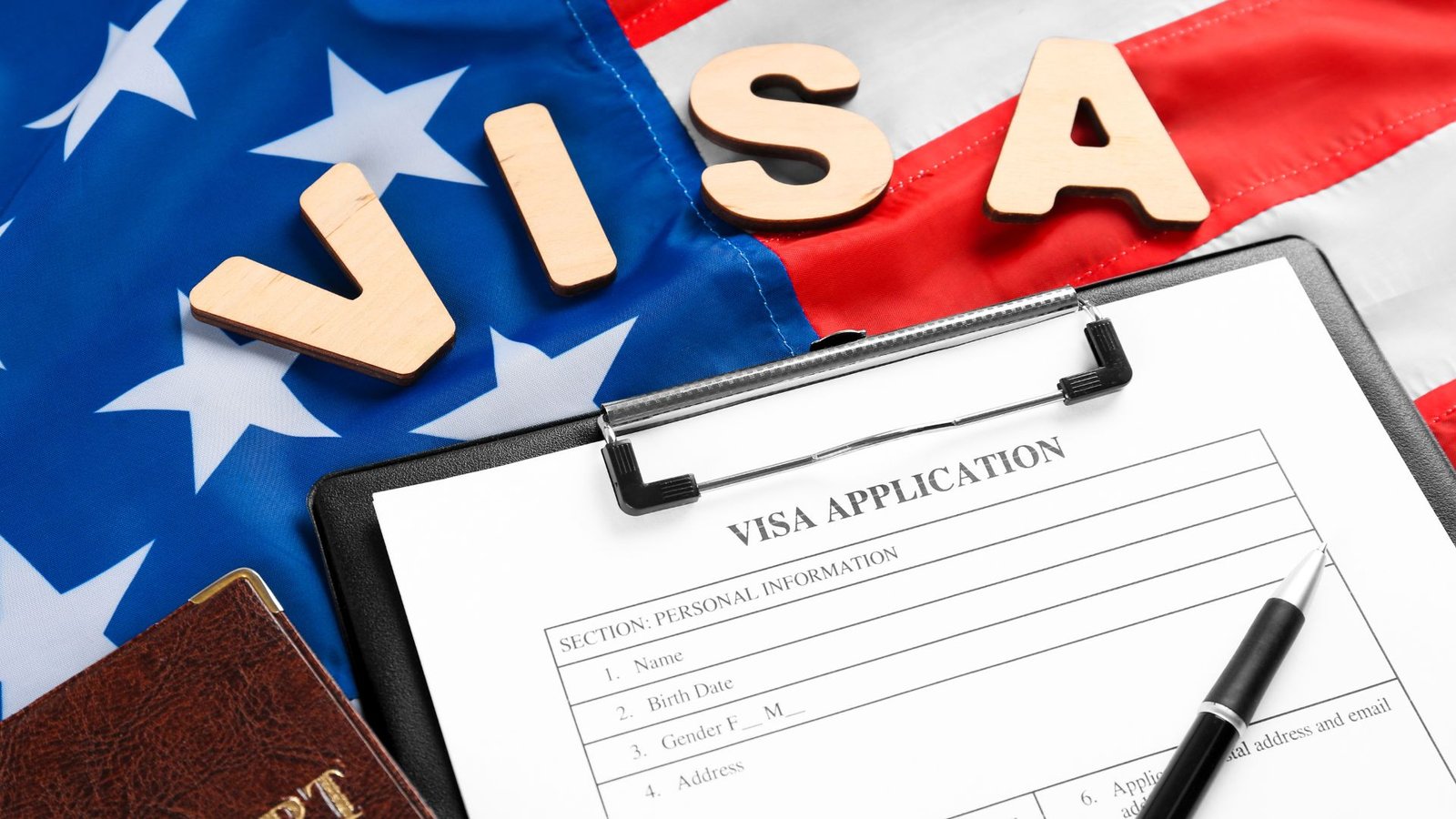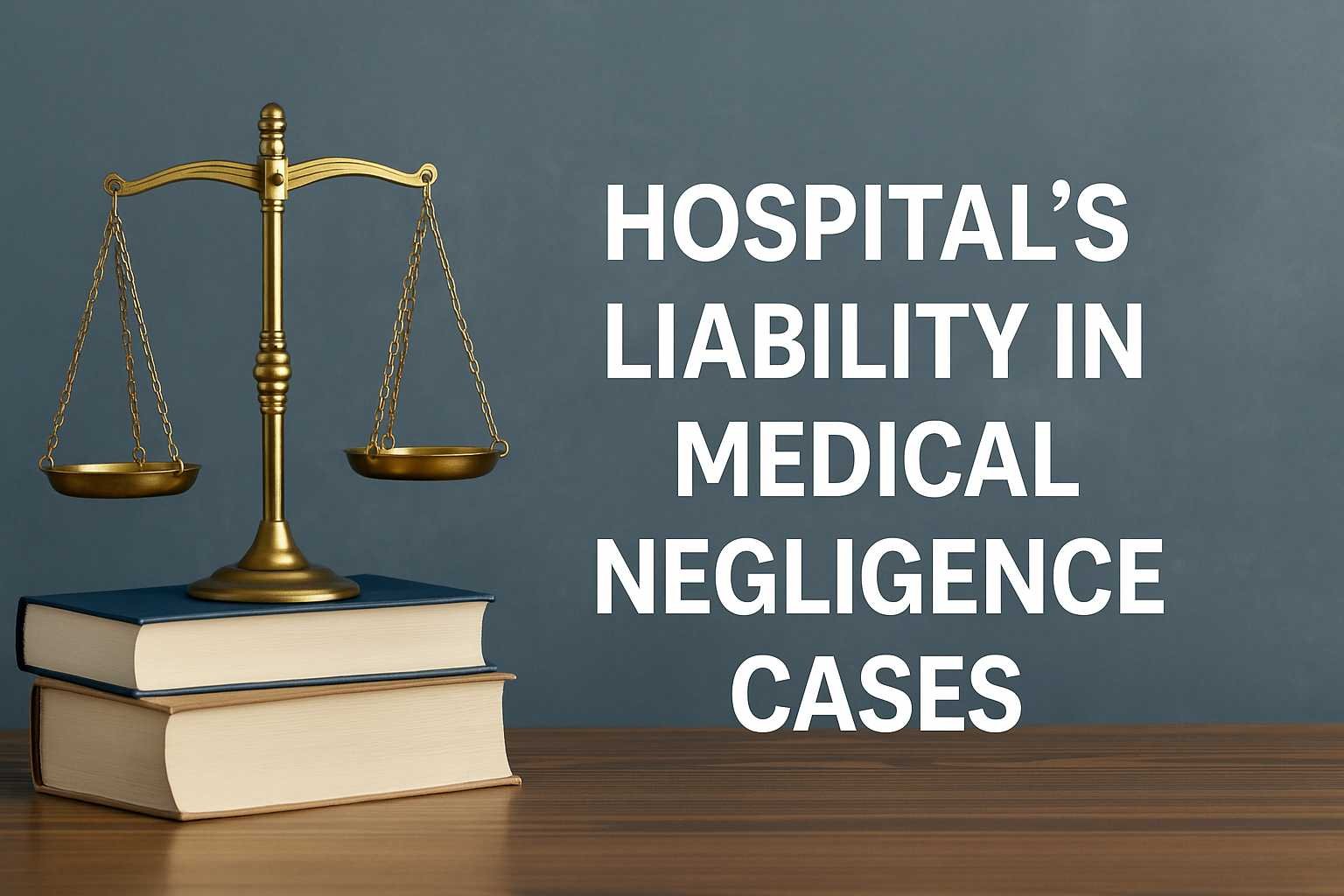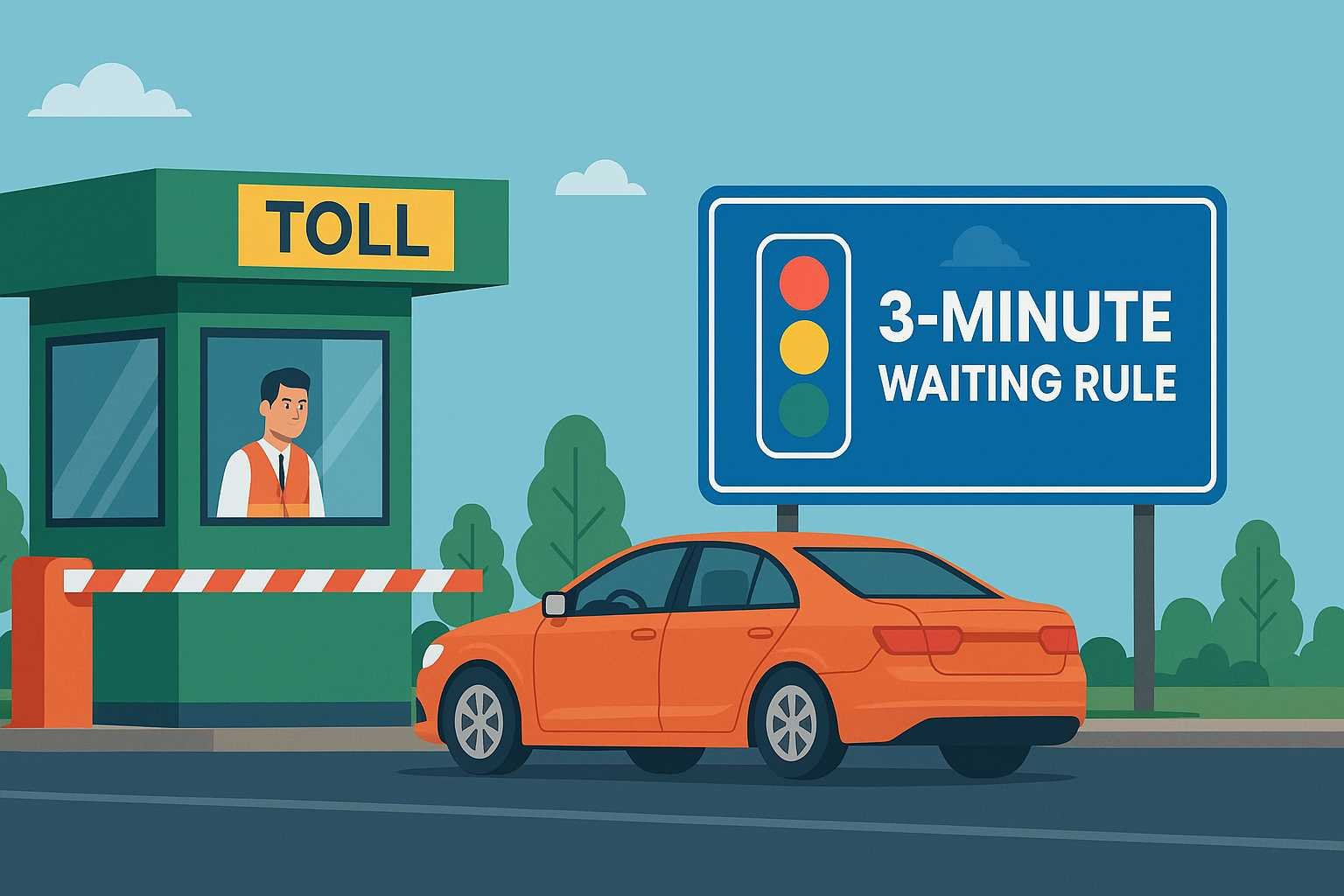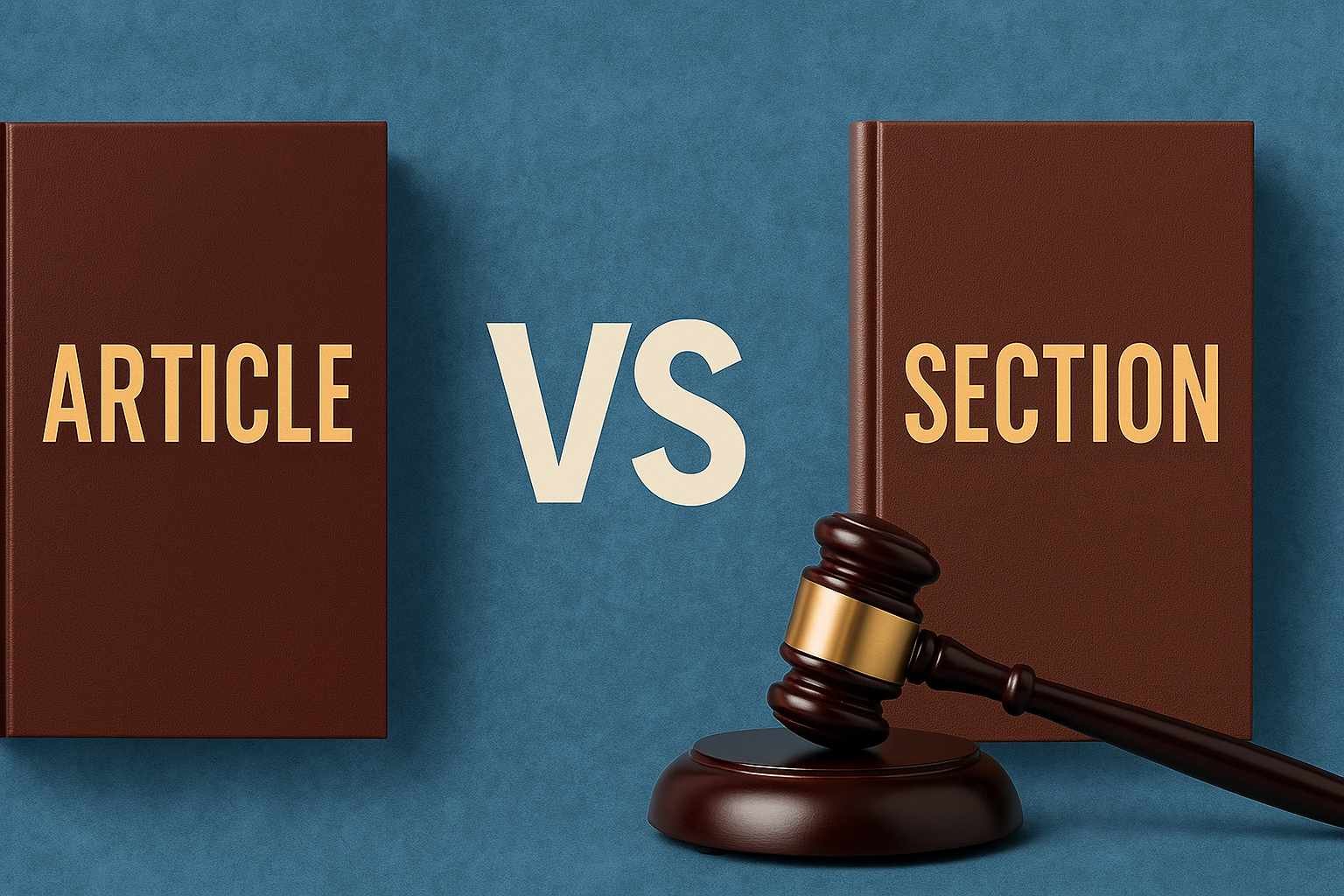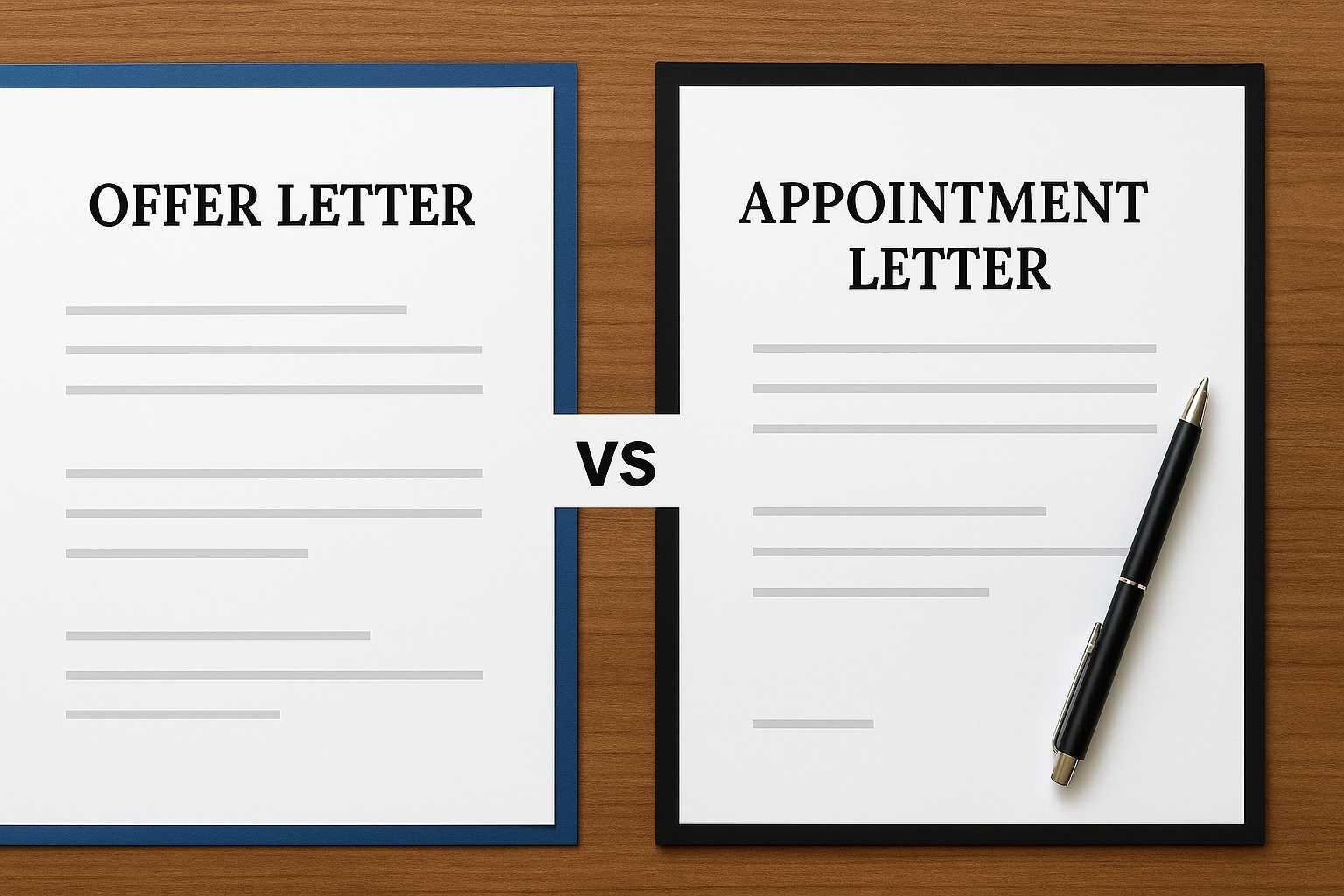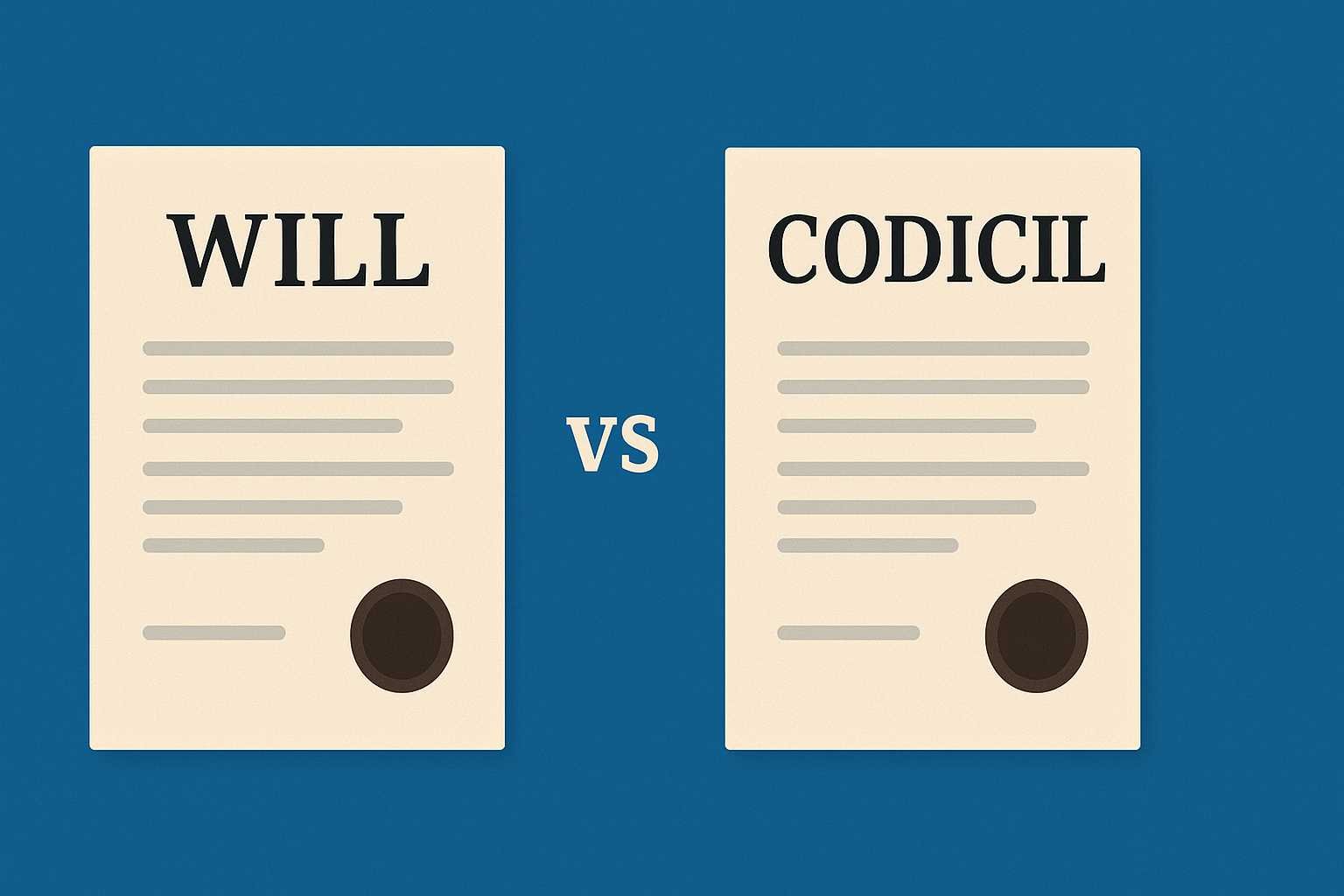On this page you will read detailed information about Child Pornography Laws in the United States.
Child pornography is a heinous crime that is strictly prohibited under both federal and state laws in the United States. The production, distribution, possession, or access to explicit materials involving minors is considered a serious offense. In this comprehensive guide, we will explore the various aspects of child pornography laws, including the definition of child pornography, the elements of the crime, potential defenses, and the punishments that offenders may face.
What is Child Pornography
Child pornography is broadly defined as any depiction, including images, videos, or computer-generated content, that involves a minor or an individual who appears to be a minor engaged in sexual or sexually related conduct. It is important to note that even altering an image or video to make it appear as if a minor is involved can still be considered child pornography.
However, it is essential to recognize that there are exceptions to the categorization of child pornography. Artistic renderings or depictions that have serious literary, artistic, political, or scientific value are generally exempt from being classified as child pornography. For instance, educational materials such as anatomy books that explain the anatomy of a child would not fall under the category of child pornography.
Elements of Child Pornography Crimes
To be charged with a child pornography offense, an individual must knowingly possess, distribute, or receive child pornography. This means that the crime requires a level of knowledge and intent on the part of the defendant. Accidentally stumbling upon child pornography is not enough to be convicted of a crime.
However, determining the intent behind accessing or downloading illegal materials can be challenging. Law enforcement agencies often track individuals’ activities on the internet, which makes it difficult to differentiate between intentional access to child pornography and inadvertent mistakes.
In cases where individuals download a large number of explicit images or repeatedly access illegal websites, the intent may be more evident. On the other hand, isolated circumstances can make it challenging to ascertain whether the defendant actually committed a crime.
Defenses to Child Pornography Charges
When facing child pornography charges, defendants have several potential defenses at their disposal. One of the most significant defenses is the lack of knowledge regarding the content downloaded or accessed. In cases where individuals unknowingly come into possession of child pornography, they can argue that the possession or receipt of the material was accidental.
Given that the possession of adult pornography is legal, individuals may inadvertently access child pornography materials without intending to do so. For example, someone downloading a movie or TV show from a file-sharing website may mistakenly receive illegal content. In such instances, the best defense is to prove that the necessary state of mind for criminal activity was not present.
Defendants may also argue that although the illegal material was found on their computers, they did not download it. This defense is particularly relevant in situations where a computer is shared among multiple users, such as in a work setting. In these cases, it may be possible to establish that another party downloaded the material and mistakenly attributed it to the defendant.
Additionally, defendants may challenge the legality of the search and seizure conducted by law enforcement. The Fourth Amendment protects individuals from unreasonable searches and seizures. If the search was conducted without probable cause or without a proper warrant, the evidence obtained during the search may be deemed inadmissible in court.
In the previous post, we had shared information about The Women’s Armed Services Integration Act of 1948, so read that post also.
Punishments for Child Pornography Offenses
Child pornography offenses are prosecuted in both federal and state courts, and the penalties can be severe. First-time offenders can face prison sentences ranging from 15 to 20 years, along with mandatory participation in supervised sex offender release programs. It is important to note that being charged with possession of child pornography typically requires registration in a sex offender database.
The punishment for child pornography offenses can vary depending on the specific circumstances of the case and the jurisdiction in which the crime was committed. Repeat offenders or individuals with prior convictions may face even more severe penalties, including longer prison sentences and enhanced registration requirements as sex offenders.
Federal and State Collaboration
Child pornography crimes are often investigated and prosecuted jointly by federal and state authorities. The federal government takes the lead in cases where the illegal activity involves crossing state lines, using the internet, or employing the mail. Federal law enforcement agencies, such as the Federal Bureau of Investigation (FBI), work closely with state law enforcement agencies to track down and apprehend individuals involved in the child pornography industry.
The Internet Crimes Against Children Task Force (ICAC) is a collaborative network of federal, state, and local law enforcement agencies that focuses on combating child exploitation crimes, including child pornography. ICAC task force members investigate and prosecute individuals who produce, distribute, or seek child pornography through the internet and other online platforms.
Challenges in Combating Child Pornography
The fight against child pornography poses unique challenges due to the constantly evolving technological landscape. The internet enables the rapid dissemination of explicit materials, making it difficult to track and apprehend offenders. Moreover, the anonymous nature of online activities presents additional hurdles for law enforcement agencies.
Efforts to combat child pornography have led to the development of advanced technology and investigative techniques. Forensic tools and software assist investigators in identifying illegal content and tracing its source. Additionally, international collaboration and cooperation among law enforcement agencies have become crucial in tackling the global nature of child pornography networks.
Reporting Suspected Child Pornography
If you come across a website or any content that you suspect involves child pornography, it is important to report it to the appropriate authorities. Contact your local law enforcement agency, the FBI, or the National Center for Missing & Exploited Children CyberTipLine. Reporting such activities can help law enforcement agencies in their investigations and protect vulnerable children from further exploitation.
The First Amendment and Child Pornography
Some individuals mistakenly believe that child pornography is protected under the First Amendment’s freedom of speech. However, the U.S. Supreme Court has consistently ruled that child pornography is not protected speech or expression under the First Amendment. In the landmark case of New York v. Ferber, the Court held that states have a compelling interest in safeguarding the physical and psychological well-being of minors and can prohibit the distribution of child pornography, even if it is not obscene.
The Court’s reasoning behind this decision is based on several key factors. First, the distribution of child pornography is directly linked to the sexual abuse and exploitation of children. Second, the circulation of such materials perpetuates the harm suffered by the victims. Finally, the value of allowing depictions of children engaged in sexual conduct is deemed to be of little or no value compared to the significant harm caused.
Conclusion
Child pornography is a serious crime that is aggressively prosecuted under federal and state laws in the United States. Understanding the elements of child pornography offenses, potential defenses, and the severe punishments that can be imposed is crucial for individuals accused of such crimes. Combating child pornography requires ongoing collaboration between federal and state authorities, as well as advancements in technology and international cooperation. By reporting suspected child pornography and supporting law enforcement efforts, we can work together to protect children from exploitation and ensure a safer society for all.
Disclaimer
The information and services on this website are not intended to and shall not be used as legal advice. You should consult a Legal Professional for any legal or solicited advice. While we have good faith and our own independent research to every information listed on the website and do our best to ensure that the data provided is accurate. However, we do not guarantee the information provided is accurate and make no representation or warranty of any kind, express or implied, regarding the accuracy, adequacy, validity, reliability, availability, or completeness of any information on the Site. UNDER NO CIRCUMSTANCES SHALL WE HAVE ANY LIABILITY TO YOU FOR ANY LOSS OR DAMAGE OF ANY KIND INCURRED AS A RESULT OR RELIANCE ON ANY INFORMATION PROVIDED ON THE SITE. YOUR USE OF THE SITE AND YOUR RELIANCE ON ANY INFORMATION ON THE SITE IS SOLELY AT YOUR OWN RISK. Comments on this website are the sole responsibility of their writers so the accuracy, completeness, veracity, honesty, factuality and politeness of comments are not guaranteed.
So friends, today we talked about Child Pornography Laws in the United States, hope you liked our post.
If you liked the information about Child Pornography Laws in the United States, then definitely share this article with your friends.




